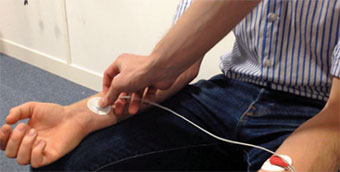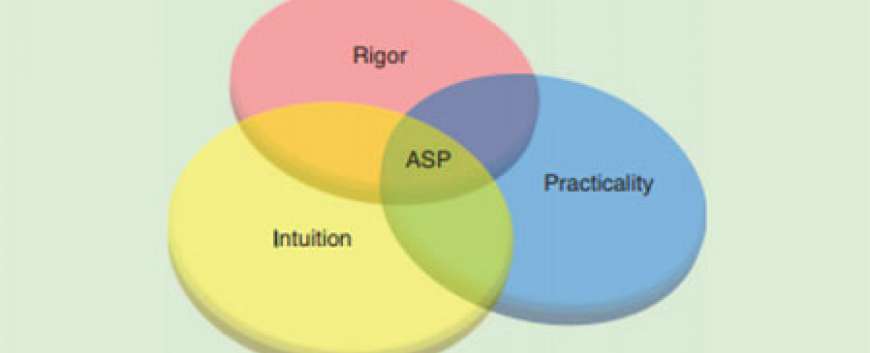Bringing Wearable Sensors into the Classroom: A Participatory Approach
Top Reasons to Join SPS Today!
1. IEEE Signal Processing Magazine
2. Signal Processing Digital Library*
3. Inside Signal Processing Newsletter
4. SPS Resource Center
5. Career advancement & recognition
6. Discounts on conferences and publications
7. Professional networking
8. Communities for students, young professionals, and women
9. Volunteer opportunities
10. Coming soon! PDH/CEU credits
Click here to learn more.
Bringing Wearable Sensors into the Classroom: A Participatory Approach
By bringing research into the curriculum, this article explores new opportunities to refresh some classic signal processing courses. Since 2015, we in the Electrical and Electronic Engineering (EEE) Department of Imperial College London, United Kingdom, have explored the extent to which the level of student engagement and learning can be enhanced by inviting the students to perform signal processing exercises on their own physiological data. More specifically, using new wearable sensor technology and video instructions as an experiment guide, the students are asked to record their electrocardiograms (ECGs) and perform both time- and spectral-domain estimation tasks on their own real-world data. In this way, the students not only gain experience with recording hardware and sources of signal contamination (baseline wanders and artifacts), but they also are highly motivated by being kept in the loop and through their part ownership of their course.
In addition to bringing biopresence into the curriculum, this approach has also broadened the students’ perspective on research and employment opportunities in, among others, next-generation health care. All of the material necessary to implement this coursework can be found here.
Motivation
The recent advances in sensor technology and the fast-evolving way in which we generate, process, and revise information is bound to have a major impact on how we teach and learn. Given the relative maturity of the signal processing field and the availability of competing multimedia educational resources, a common challenge in modern signal processing education is to strike a balance among the background physics intuition, mathematical rigor in lectures, practical relevance of the material, and student engagement. This tradeoff arises from both the diversity in student learning styles and the requirements imposed by the future careers of these students.
For example, M.Sc. courses typically attract students from vastly different backgrounds, while at Imperial College we encourage students to take crossdepartmental courses (EEE, computing, bioengineering, etc.); this both requires particular care not to be EEE specific and adds further difficulty in creating one-size-fits-all course material. In addition, in an advanced signal processing (ASP) course, we prefer to include elements that prepare the students for jobs that may not even currently exist but will be in much demand in the next four to five years [1]. 
The increasing exposure to popular technological advancements, such as big data, the Internet of Things, and wearable devices, is naturally asking questions about the relevance of some classic subjects in modern real-world applications [2]. In other words, it cannot be assumed that students will be able to appreciate the scope of their courses without explicitly building a bridge between the material in lessons and cutting-edge research. This all calls for more effort in bringing research into the classroom. From our own experience, it is biopresence that not only has a broad spread of signal processing demands but is most convenient to implement and most enjoyed by the students.
Recent articles on signal processing education aim to demystify and unify some compulsory material in signal processing courses [3]–[5]. Our aim here is to reflect on the opportunities provided by the recent sensing technologies [6] and, in doing so, meet the demands of the new technologically orientated classroom. Indeed, standard signal processing courses were developed with radar, array processing, and communications problems in mind (all of which require EEE-specific knowledge); however, to maximize the impact of our area we ought to facilitate the adoption of signal processing tools by other areas, such as bioengineering [7], [8].
SPS Social Media
- IEEE SPS Facebook Page https://www.facebook.com/ieeeSPS
- IEEE SPS X Page https://x.com/IEEEsps
- IEEE SPS Instagram Page https://www.instagram.com/ieeesps/?hl=en
- IEEE SPS LinkedIn Page https://www.linkedin.com/company/ieeesps/
- IEEE SPS YouTube Channel https://www.youtube.com/ieeeSPS














